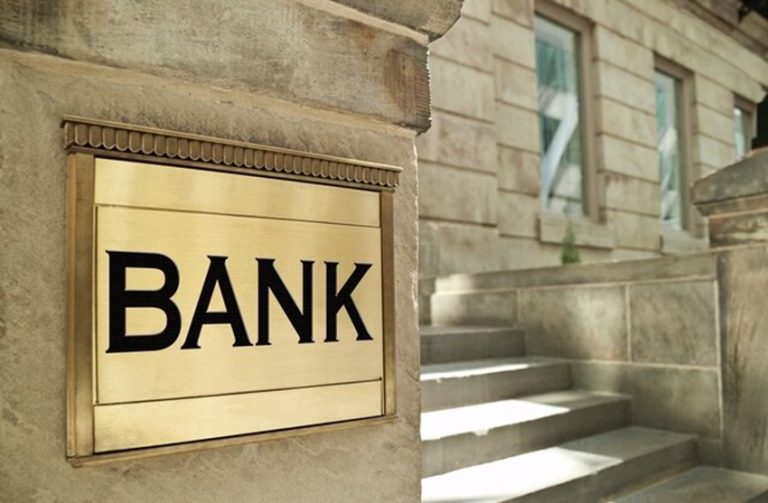
In 2024, Digital Banks experienced an unprecedented surge in fraud, marking the highest peak to date, according to Smile ID’s 2025 Digital Identity Fraud in Africa Report.
The report which is based on a comprehensive and anonymized analysis of over 110 million identity checks, revealed that digital banks recorded increased fraud, reaching 35%, surpassing the 42% peak seen in payments in 2023.
The rise in fraud cases is attributed to the increasing sophistication of cyber threats, as criminals leverage Artificial Intelligence, Deepfake technology, and advanced phishing techniques to bypass security systems. Also, weak identity verification and KYC loopholes further contribute to the problem, as fraudsters exploit inadequate screening processes using stolen or synthetic identities to open accounts. It is worth noting that some digital banks prioritize seamless onboarding over rigorous verification, increasing exposure to fraud.
Register for Tekedia Mini-MBA edition 19 (Feb 9 – May 2, 2026): big discounts for early bird.
Tekedia AI in Business Masterclass opens registrations.
Join Tekedia Capital Syndicate and co-invest in great global startups.
Register for Tekedia AI Lab: From Technical Design to Deployment (next edition begins Jan 24 2026).
To combat these issues of rising fraud cases, digital banks are urged to adopt stronger Al-driven fraud detection mechanisms that analyze transaction patterns in real-time. Implementing multi-factor authentication (MFA) and biometric verification can enhance account security, while stricter KYC and AML compliance measures can help detect fake identities and prevent money laundering.
Microfinance institutions closely followed, with fraud attempts peaking at 30%, driven by the increasing digitization of financial services and the growing sophistication of cybercriminals. As more Microfinance institutions adopt banking solutions to expand financial inclusion, they have become attractive targets for fraudsters exploiting security gaps. Investment businesses recorded the lowest fraud attempts, peaking at 10% all year.
In a broader perspective, the finance industry recorded increased fraud rates, ranging between 14% and 23% through the year, compared to 10% to 15% in 2023. On average, fraud rates for authentication jobs were 4X higher than registration jobs, highlighting the need for stronger fraud prevention during authentication. The largest gap was in May, with fraud rates for authentication at 30%, compared to 11% for registration.
Notably, in a significant discovery of fraud trends in 2024, fraudsters shifted to operating later, with attempts peaking at 11 PM GMT, compared to 9 PM GMT in 2023. This aligns with global trends, where fraud spikes occur during the late-night to early-morning hours, exploiting periods of low user activity and reduced oversight. These hours are reported to create vulnerabilities due to limited real-time support and delayed detection.
Rising Adoption of Fraud-as-a-Service(FaaS)
Fraud-as-a-Service (FaaS) is a criminal business model where hackers and fraudsters offer tools and services designed to facilitate fraudulent activities. These illicit services, often marketed through underground forums, are sold to aspiring fraudsters with features like customer support and user reviews, mirroring the professionalism of legitimate businesses.
The adoption of FaaS is expected to grow significantly in 2025, driven by the growing accessibility of digital tools and an increased demand for scalable fraud solutions. Powered by Al, these tools could operate autonomously, with fraudsters simply supplying the necessary computing resources.
The Next Fraud Challenge: Real Identities in the Crosshairs
Fraud involving real identities has become one of the most dangerous threats to digital security, driven by tools that allow fraudsters to manipulate legitimate identity elements like ID photos or videos. In 2024, this trend grew significantly as fraudsters shifted from creating synthetic identities to exploiting real ones, a tactic expected to accelerate in 2025 as digital ID verification systems become better at detecting fakes.
Fraudsters acquire real identities through breaches, phishing, or social engineering, often targeting underserved or digitally vulnerable individuals. They may also pay or offer a share of stolen funds to recruit accomplices for laundering money.
With stolen identity data widely available on dark web marketplaces often bundled with personal and financial details, this approach has become scalable and accessible to a broader range of bad actors. The threat is especially alarming in industries like financial services, telecommunications, and e-commerce, where trust in user identity is critical. Tools that enable easy alteration of photos or the creation of lifelike deepfake videos further amplify the risk, making it harder for businesses to detect fraud during verification processes.
To combat the rise in digital fraud, businesses/ organizations are urged to collaborate to build a unified front against fraud. The increasingly sophisticated nature of modern fraud schemes allows them to cross industries and borders, making it difficult for individual institutions to combat fraud in isolation. Fraudsters who evade detection in one institution can exploit gaps in others, amplifying their impact.



